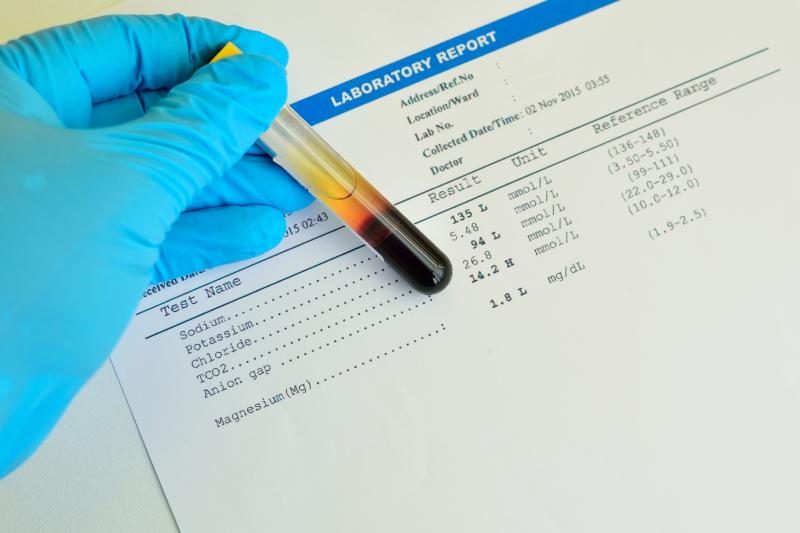
Intake of phosphorus and calcium, as well as total energy consumption, is low in adult patients with hypophosphatasia (HPP), according to the results of a recent study.
Of note, particularly high and very low absolute or unbalanced phosphorus and calcium intake levels lead to greater frequency of clinical symptoms.
In this cross-sectional matched-pairs study, the investigators obtained comprehensive data on nutrient intake in 20 HPP patients and 20 unaffected, age- and gender-matched control participants. They documented in detail dietary information and clinical symptoms over 7 consecutive days using structured diaries.
Both groups demonstrated balanced data and type of energy-supplying nutrients at baseline. HPP patients had significantly lower median nutritional intake of phosphorus and calcium than controls, and this was partially driven by lower energy consumption in the former group. No statistically significant differences regarding phosphorus and calcium (Ca/P) ratio and uptake of magnesium, zinc, and vitamin B6 were observed.
High (≥1,375 mg/d) and low intakes (<1,100 mg/d) of phosphorus led to a significantly higher frequency of neuropsychiatric symptoms (p=0.02). Likewise, both very high and very low intake of calcium resulted in musculoskeletal (p<0.01), gastrointestinal (p=0.02), and neuropsychiatric (p<0.001) symptoms. Of note, an increased Ca/P ratio correlated with increased tiredness/fatigue (p<0.01), while a decreased Ca/P correlated with gastrointestinal issues (p=0.01).
“HPP is a rare inherited metabolic disorder characterized by deficient activity of the tissue-nonspecific alkaline phosphatase entailing impaired turnover of phosphorus metabolites,” the investigators said.